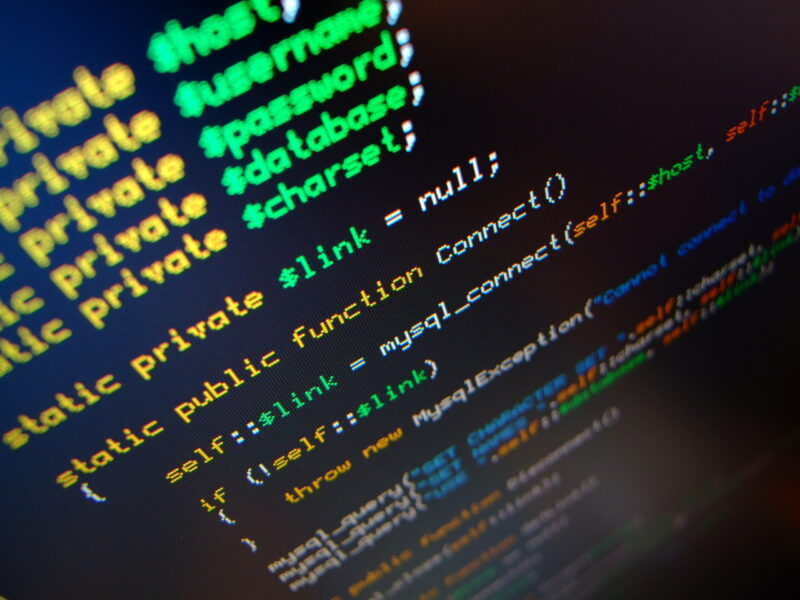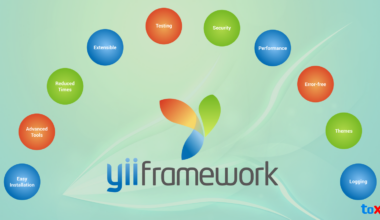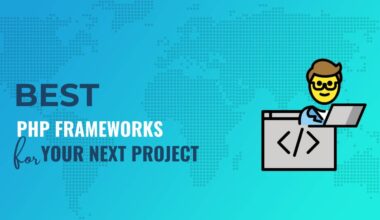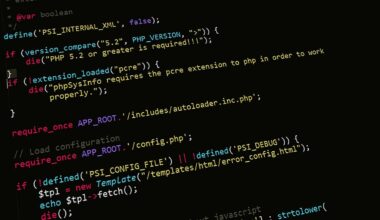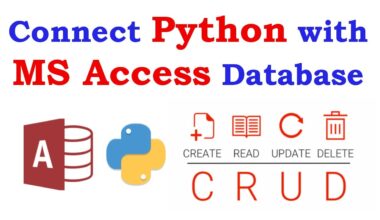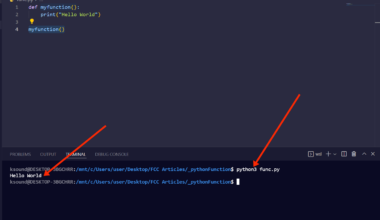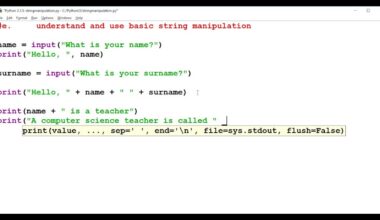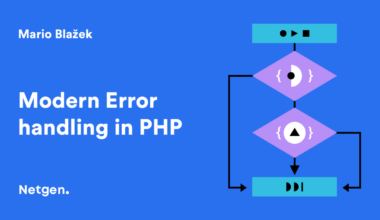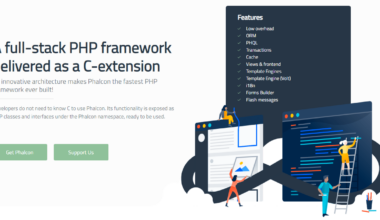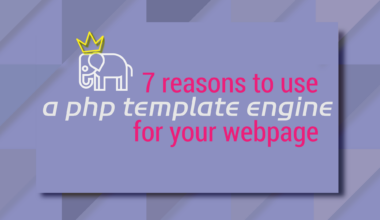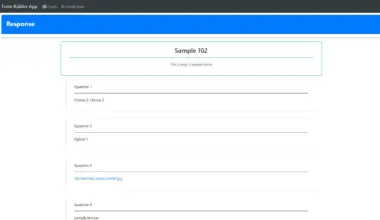Introduction to PHP Security
As a web developer, it is essential to prioritize security when building web applications. PHP is a popular programming language used for web development, and it is crucial to understand how to secure your PHP code to protect your application from security vulnerabilities.
PHP Security involves protecting your code from exploitation by hackers and malicious attackers. It involves using secure coding practices, identifying and fixing common security vulnerabilities, and utilizing PHP security tools and libraries.
In this article, we will explore various aspects of PHP security and provide tips on how to secure your PHP code. We will discuss common security vulnerabilities and how to implement secure coding practices to prevent them. Additionally, we will look at various PHP security tools and libraries available to developers.
It is important to note that PHP security is not a one-time task. The security landscape is constantly evolving, and new threats emerge every day. Therefore, it is essential to stay up-to-date with the latest security best practices and to continuously monitor your application for new vulnerabilities.
In the next section, we will look at common security vulnerabilities in PHP applications and how to prevent them.
Common Security Vulnerabilities
PHP is a powerful programming language, but it is not immune to security vulnerabilities. Hackers and malicious attackers can exploit vulnerabilities in your PHP code to gain unauthorized access to your application and steal sensitive information.
Here are some common security vulnerabilities in PHP applications and tips on how to prevent them:
1. Injection Attacks: Injection attacks occur when an attacker injects malicious code into your application, such as SQL injection or cross-site scripting (XSS). To prevent injection attacks, always validate and sanitize user input and use prepared statements and parameterized queries.
2. Cross-Site Request Forgery (CSRF): CSRF attacks occur when an attacker tricks a user into executing malicious actions on your website unknowingly. To prevent CSRF attacks, use CSRF tokens, which are unique keys generated for each user session, to verify that the request is legitimate.
3. File Inclusion Vulnerabilities: File inclusion vulnerabilities occur when an attacker includes a malicious file in your application, such as remote file inclusion (RFI) or local file inclusion (LFI). To prevent file inclusion vulnerabilities, always validate user input and use whitelisting to restrict file access.
4. Authentication and Authorization Vulnerabilities: Authentication and authorization vulnerabilities occur when an attacker gains unauthorized access to your application by exploiting weaknesses in your authentication and authorization mechanisms. To prevent authentication and authorization vulnerabilities, use strong password policies, multi-factor authentication, and role-based access control.
5. Session Hijacking: Session hijacking occurs when an attacker steals a user’s session ID and impersonates them on your website. To prevent session hijacking, use secure session management practices, such as using HTTPS, setting session timeouts, and regenerating session IDs after login.
By implementing these best practices, you can protect your PHP code from common security vulnerabilities. However, it is important to keep in mind that security is an ongoing process, and you should always stay up-to-date with the latest security best practices and monitor your application for new vulnerabilities.
In the next section, we will look at how to implement secure coding practices in your PHP code.
Implementing Secure Coding Practices
Implementing secure coding practices is essential to ensure that your PHP code is secure and protected from potential security vulnerabilities. Here are some tips on how to implement secure coding practices in your PHP code:
1. Use Input Validation: Always validate user input to prevent injection attacks. Validate input data against expected data types or formats using regular expressions or PHP’s built-in validation functions.
2. Use Prepared Statements: Prepared statements or parameterized queries are essential for preventing SQL injection attacks. Prepared statements use placeholders for user input, which are replaced by sanitized values at runtime.
3. Use Secure Password Hashing: Use strong password hashing algorithms, such as bcrypt or Argon2, to store user passwords securely. Avoid using weak hashing algorithms such as MD5 or SHA1.
4. Avoid Using Eval: Avoid using eval in your PHP code as it can execute arbitrary code and lead to security vulnerabilities. Instead, use PHP’s built-in functions to achieve the same functionality.
5. Use HTTPS: Use HTTPS to encrypt data in transit and prevent attackers from intercepting sensitive information. HTTPS also helps prevent session hijacking attacks.
6. Use Cross-Site Scripting Prevention Techniques: Use cross-site scripting (XSS) prevention techniques, such as output encoding and content security policy, to prevent XSS attacks.
7. Use CSRF Protection: Use CSRF tokens to prevent CSRF attacks by verifying that the request is legitimate. Include the token in the form or URL and validate it on the server-side.
8. Use Whitelisting: Use whitelisting to restrict file access and prevent file inclusion vulnerabilities. Whitelisting allows only approved files to be included in your application.
By implementing these secure coding practices, you can significantly reduce the risk of security vulnerabilities in your PHP code. However, it is essential to stay up-to-date with the latest security best practices and monitor your application for new vulnerabilities.
In addition to implementing secure coding practices, you can also use PHP security tools and libraries to enhance the security of your PHP code. We will discuss some of these tools in the next section.
Remember, always prioritize security when building web applications, and never compromise on the security of your PHP code.
Using PHP Security Tools and Libraries
In addition to implementing secure coding practices, developers can use various PHP security tools and libraries to enhance the security of their PHP code. These tools can help identify and prevent security vulnerabilities, provide additional layers of security, and automate security tasks.
Here are some of the most popular PHP security tools and libraries:
1. OWASP ZAP: OWASP ZAP is a free and open-source security testing tool that helps developers identify security vulnerabilities in their web applications. It can detect various types of vulnerabilities, such as injection attacks, cross-site scripting (XSS), and broken authentication and session management.
2. PHPIDS: PHPIDS is a PHP-based intrusion detection system that can detect and prevent various types of attacks, such as SQL injection, XSS, and CSRF. It uses a set of rules and algorithms to scan user input and identify potential security threats.
3. PHP Password Lib: PHP Password Lib is a PHP library that provides secure password hashing and verification functions. It uses industry-standard algorithms, such as bcrypt and Argon2, to store passwords securely and prevent brute-force attacks.
4. PHP Secure Communications Library: PHP Secure Communications Library is a PHP library that provides secure communication functions, such as encryption and decryption, digital signatures, and secure key exchange. It can be used to protect sensitive data in transit and prevent eavesdropping and interception attacks.
5. PHPIDS Integration for Symfony: PHPIDS Integration for Symfony is a Symfony bundle that integrates PHPIDS into Symfony applications. It can help identify and prevent various types of attacks, such as SQL injection, XSS, and CSRF.
6. PHPMailer: PHPMailer is a popular PHP library for sending emails securely. It provides various features, such as SMTP authentication, SSL and TLS encryption, and HTML email support, to ensure that emails are sent securely and prevent email spoofing and phishing attacks.
7. HTML Purifier: HTML Purifier is a PHP library that can sanitize and filter user input to prevent XSS and other types of attacks. It can remove or encode potentially dangerous HTML tags and attributes and ensure that user input is safe to use in web pages.
By using these PHP security tools and libraries, developers can enhance the security of their PHP code and protect their web applications from potential security threats. However, it is important to choose the right tools for your specific needs and to stay up-to-date with the latest security best practices.
In conclusion, PHP security is essential for
Final Thoughts on PHP Security
Securing your PHP code is not just a one-time task, but a continuous process that requires constant vigilance and updating. As new security threats emerge every day, it is crucial to stay up-to-date with the latest security best practices and to monitor your application for new vulnerabilities.
One way to stay informed is by joining online communities that focus on PHP security. These communities can help you stay up-to-date with the latest security news and best practices and connect you with other developers who are also passionate about PHP security.
Another way to enhance your PHP security knowledge is by attending security conferences and workshops. These events provide an excellent opportunity to learn from security experts, network with other developers, and stay informed about the latest security trends and technologies.
It is also essential to conduct regular security audits and penetration testing to identify potential security vulnerabilities in your application. A security audit involves reviewing your application’s code and infrastructure to identify potential security threats, while penetration testing involves simulating real-world attacks on your application to identify vulnerabilities.
Finally, always prioritize security when building web applications and never compromise on the security of your PHP code. By implementing secure coding practices, using PHP security tools and libraries, and staying up-to-date with the latest security best practices, you can significantly reduce the risk of security vulnerabilities in your PHP code and protect your web application from potential security threats.
In conclusion, PHP security is a crucial aspect of web development that should not be taken lightly. By prioritizing security and taking proactive measures to protect your PHP code, you can ensure that your web application is secure, reliable, and protected from potential security threats.
